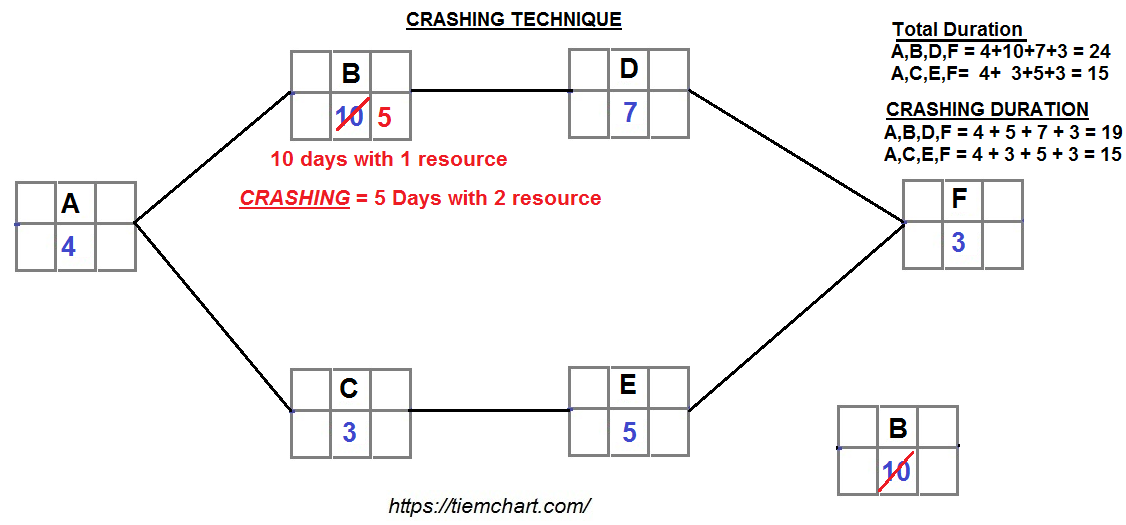Crashing project management– Schedule Compression Techniques
Either during project planning or during the execution, there may arise challenge to reduce the time of completion of project. Either the project demand has changed or client is dictating the time of completion. Also at time there may have been delay in preceding activities and unless schedule compression is done on subsequent activity, project cannot be completed in time. In such case, schedule that has originally been planned need to be revisited.
And it will be the decision of the project manager how an original planned schedule can be changed to reduce the time frame of the project.
What Is Schedule Compression?
Schedule compression is a technique used in project management to reduce the completion date of the project than what was originally planned. Schedule compression involves shorten the duration of the project without changing the scope of the project. It can be used when a project falls behind schedule and needs to catch up, or to finish the project sooner than originally scheduled.
There is 2 technique used in schedule compression:
- Fast Tracking
- Crashing
What Is Crashing?
Crashing is a schedule compression technique where extra resources are added to the activity to shorten the activity completion time. And when an activity time is shortened, it compress the overall project schedule.
Crashing works only for activities on the critical path and where additional resources can be allocated in an activity on critical path.
How to do Crashing?
- Identify the critical path of the project. Or the path with the longest duration
- Identify activities where more additional resources can be added to reduce its completion time.
- If there are limited resources – assign overtime with existing resources
 It is important to note that crashing cannot be applied to all activities. For example, consultant cannot be assigned on the job unless design is completed. Design cannot begin unless customer sign off the project.
It is important to note that crashing cannot be applied to all activities. For example, consultant cannot be assigned on the job unless design is completed. Design cannot begin unless customer sign off the project.
Difference between fast tracking and Crashing:
- Fast tracking involve re-plan of activities to run in parallel whereas in crashing, we do not break the sequence
- Fast tracking does not cost extra money whereas crashing involves additional cost
- Fast tracking can increase risk as there is major change in schedule path but crashing is not a risky techniques.
Conclusion:
Fast tracking and crashing are two schedule compression techniques that help you shorten the duration of your project. Which technique you apply in a given situation will depend on each circumstance. In short crashing is always preferred over fast tracking as the risk is less but a cost benefit relation needs to be looked into as it will also involve additional cost.
Learn other topic around finance management in following link:
Merger and Acquisition solution from Insiet © https://insiet.com/merger-acquisition-ma-system-integration/
Intercompany Reconciliation Solution from Insiet © https://insiet.com/solution/intercompany-reconciliation/
